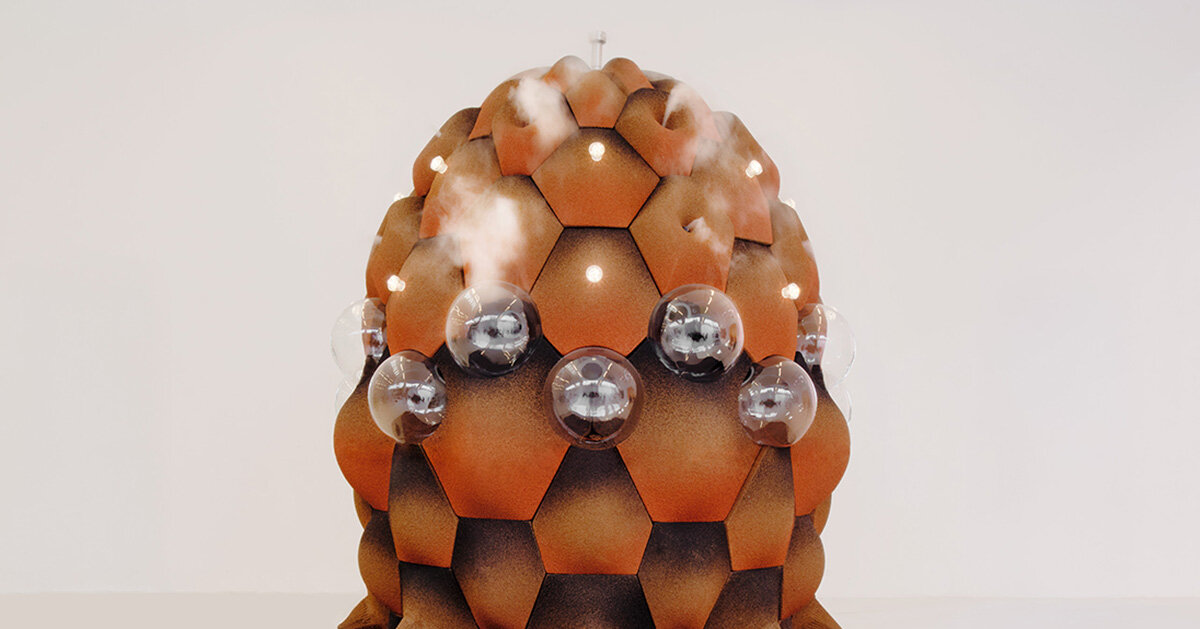
"The Transspecies Palace proposes a radical departure from extractive building practices toward a new, interspecies mode of architectural cohabitation, blending design, biology, and activism."
"This is part of a line of work that we started long ago to explore how the materiality of architecture can transition away from human-centered extractivism to a more symmetrical ecological alliance."
"The living skin, made from cork, is a fertile ground for microbial life, providing a dynamic and unpredictable surface that cultivates diverse bacterial colonies."
"Through the orchestration of materials like cork, fungi, and bacteria, The Transspecies Palace demonstrates how architecture can actively contribute to ecological reparation."
At the 24th Triennale Milano, architect Andrés Jaque presents The Transspecies Palace, a living installation that merges design with biology to foster ecological repair. This artwork highlights microbial habitats capable of metabolizing toxicity. By utilizing materials like cork, fungi, and bacteria, Jaque aims to redefine architectural practices, shifting from extractive methods to a collaborative ecological approach. His work challenges traditional perspectives on architecture, proposing that buildings can harbor life and contribute positively to the environment. The project continues themes seen in his past works, emphasizing architecture's role in ecological sustainability.
Read at designboom | architecture & design magazine
Unable to calculate read time
Collection
[
|
...
]